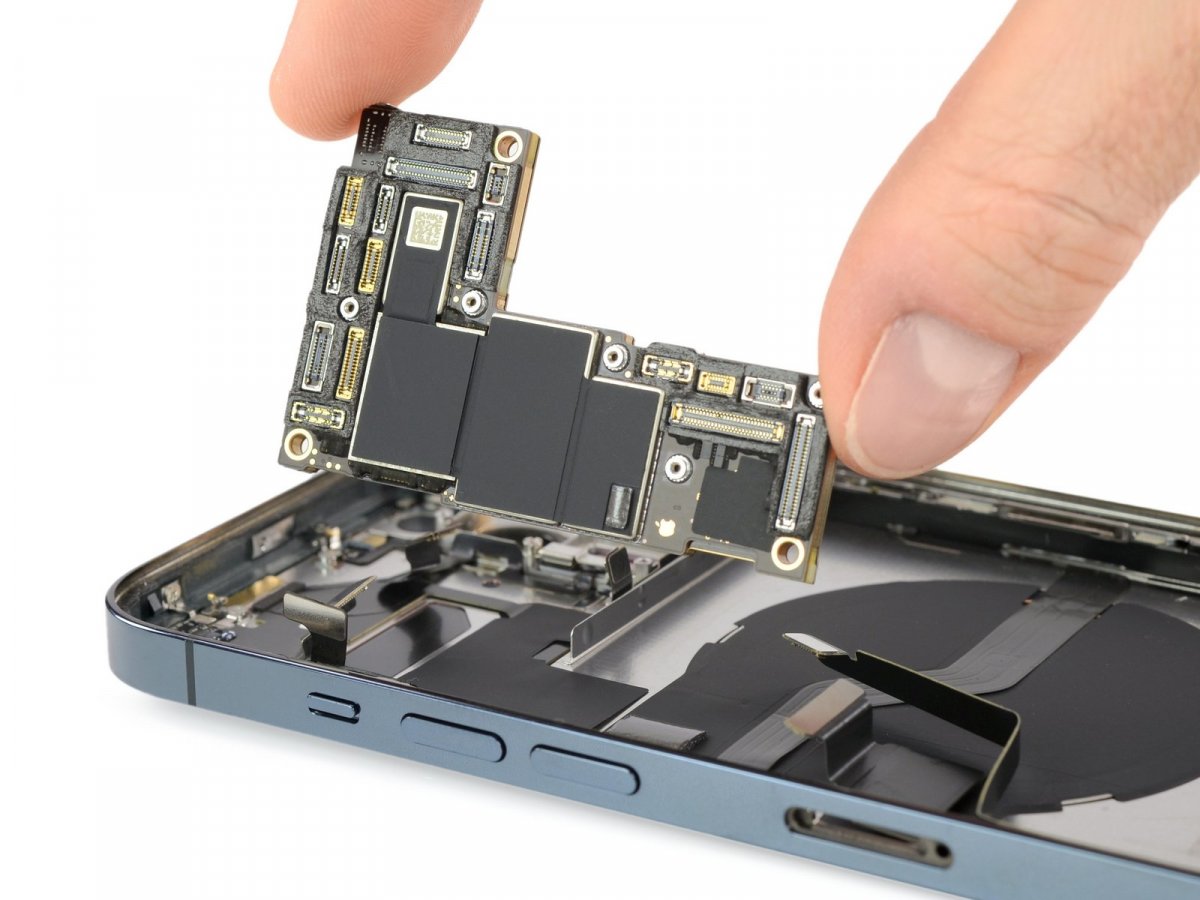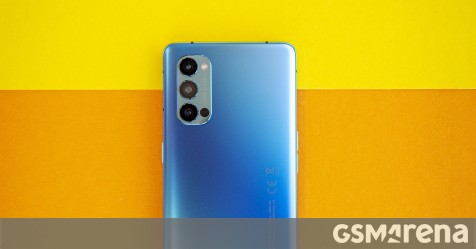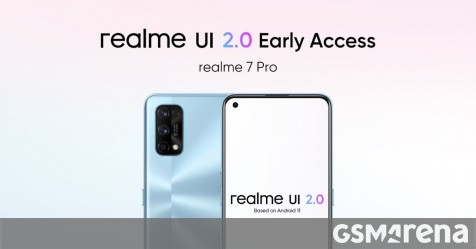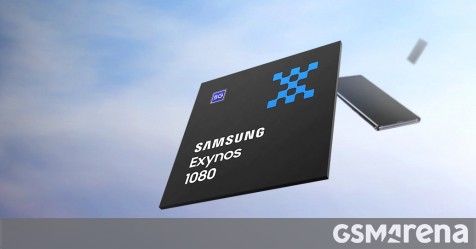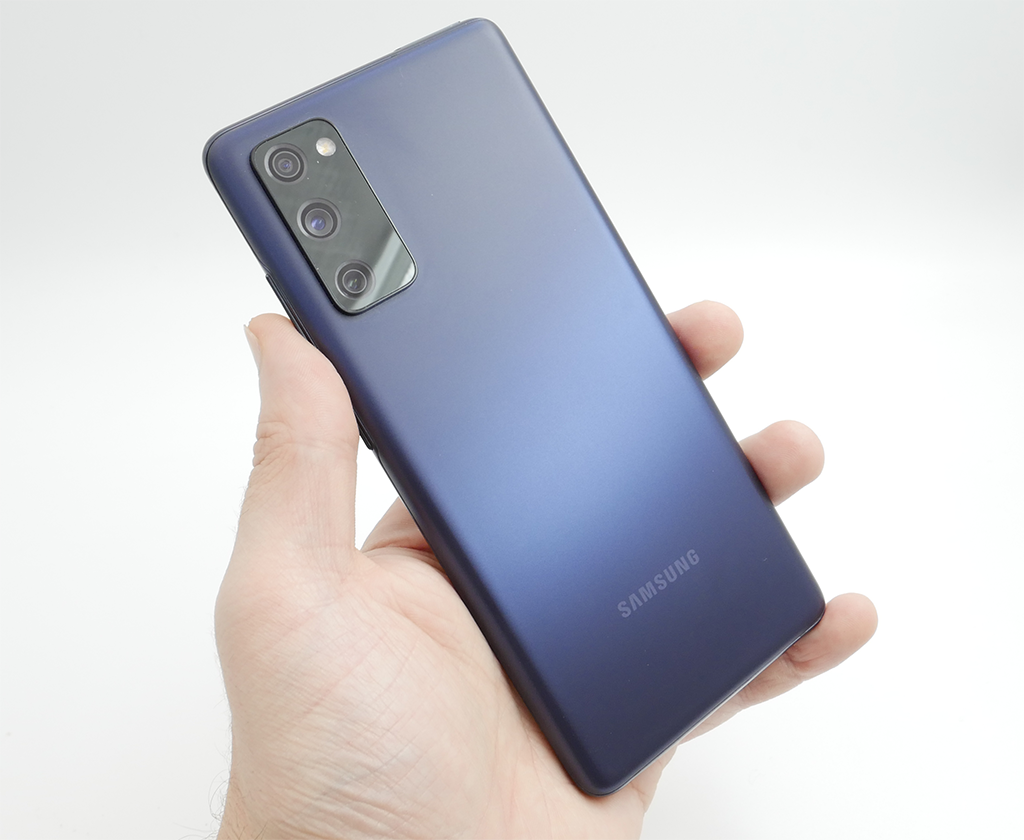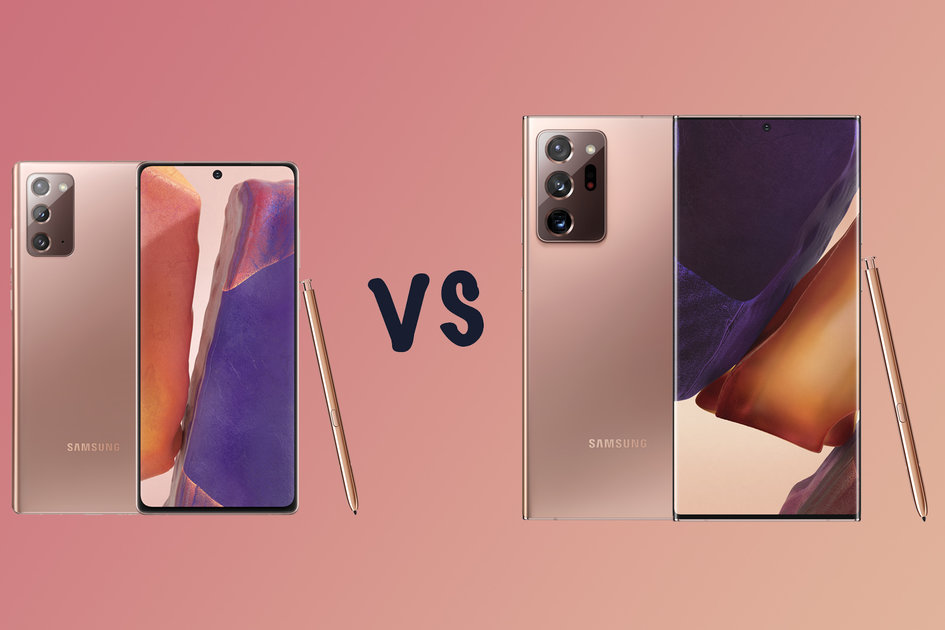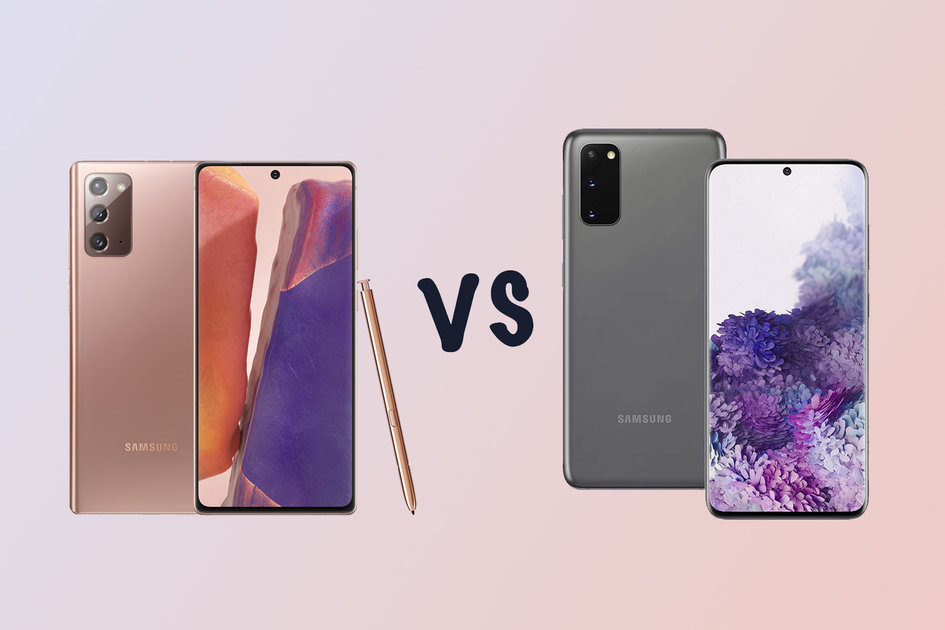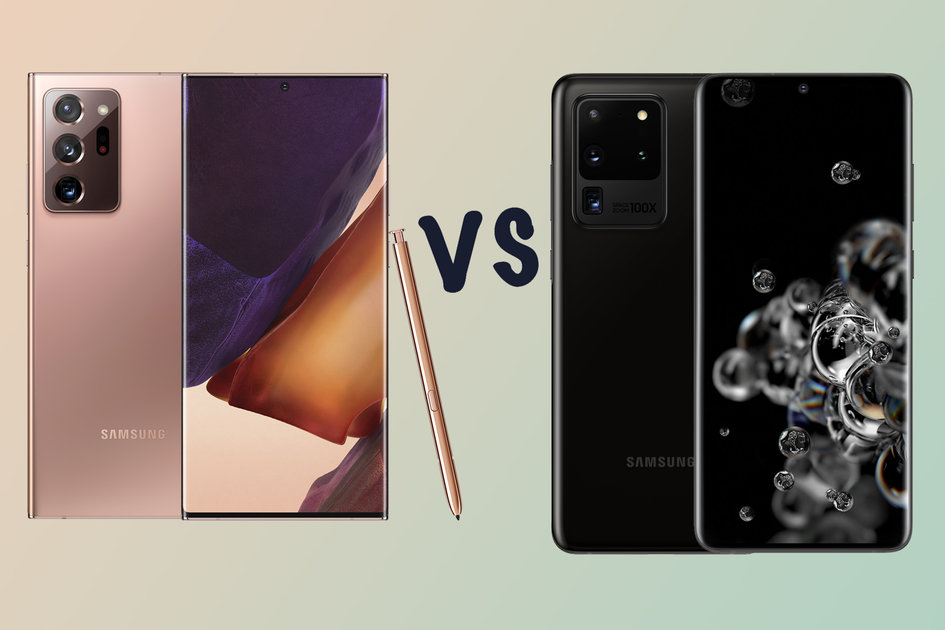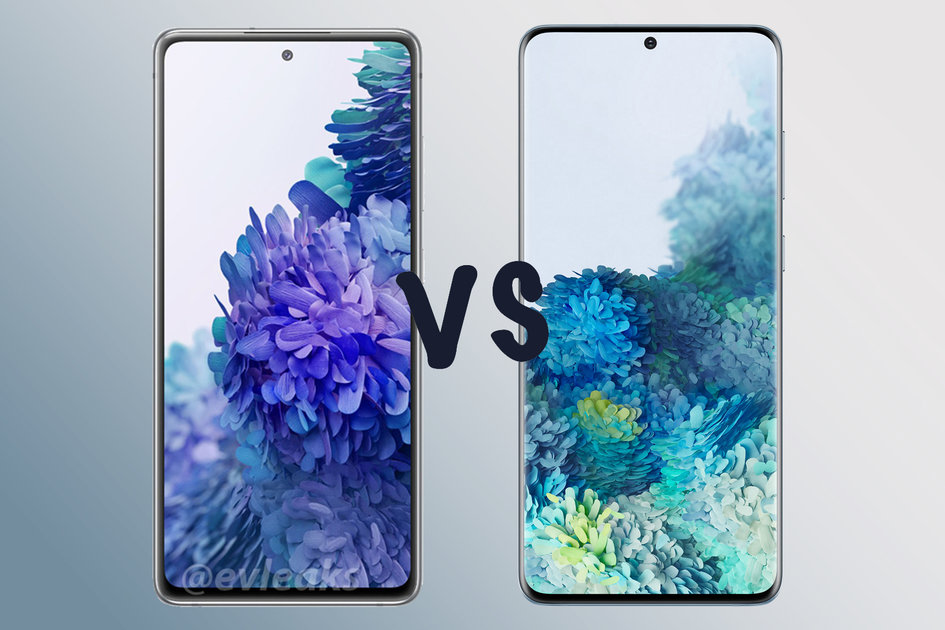(Pocket-lint) – Samsung announced the Galaxy S20 Fan Edition, or Galaxy S20 FE in September 2020. It’s a lighter take on the Galaxy S20 family, offering many of the important specs, but making a few cuts so it’s a little more affordable.
It goes head-to-head with the Samsung Galaxy S20+, which was our pick of the previous models, and the device that potentially has the greatest appeal. Has it now been undercut?
Let’s take a look at how these phones compare.
squirrel_widget_184580
Prices and availability
- Galaxy S20 FE: £599 (4G), £699 (5G)
- Galaxy S20+: £999 (5G)
Price comparisons are a little tricky given that there are so many different versions of the Galaxy S20+ globally, but the easy version is this: the Galaxy S20 FE is cheaper, no matter which you choose.
Even with discounts from the original launch price, the S20+ is still more expensive than the S20 FE. Not all regions get all models of the S20+ and not all regions get all versions of the S20 FE, but whichever way you cut it, the FE costs less.
Build and dimensions
- Samsung Galaxy S20 FE: 159.8 x 74.5 x 8.4mm, 190g
- Samsung Galaxy S20+: 161.9 x 73.7 x 7.8mm, 186g
The size of the S20+ and the S20 FE are surprisingly close. There’s a few millimetres difference, with the FE being slightly shorter – explained by the smaller display – and slightly wider, likely because the display is flat. It’s also a little thicker, not that you’d notice. There are wider bezels on the S20 FE, again most likely due to the flatter display, so it doesn’t look quite as premium as the S20+.
Both of these phones offer IP68 waterproofing, both offer stereo speakers supporting Dolby Atmos and both have a similar camera arrangement on the back of the phone.
The major difference is that the rear of the S20 FE is glasstic – plastic – rather than glass of the S20+. This might make it more durable, it might mean it doesn’t feel as premium, but it does have a matte finish, so it’s less likely to gather fingerprints.
The Galaxy S20 FE also comes in a range of colours – blue, red, lavender, mint, white, orange – whereas the Galaxy S20+ is all about the serious grey, black and light blue models.
In reality, there’s very little difference.
Display
- Samsung Galaxy S20 FE: 6.5-inch, 120Hz, AMOLED, Full HD+
- Samsung Galaxy S20+: 6.7-inch, 120Hz, AMOLED, Quad HD+
When it comes to the display, both use the same type of panel, AMOLED in both cases with a punch hole for the front camera. Technically, Samsung says that the S20 FE has a Super AMOLED X2, while the Galaxy S20+ has a Dynamic AMOLED X2.
The real difference is in the resolution. The Samsung Galaxy S20+ offers Quad HD+, that’s 3200 x 1440 pixels (524ppi), while the Galaxy S20 FE offers 2400 x 1080 pixels (404ppi). Technically, the S20+ can render finer detail – but Samsung’s default on the S20+ is Full HD anyway and many people never use the full resolution, so it’s arguably, no big loss.
Both phones also offer 120Hz and that’s going to be something that fans do want, so to see it in the cheaper device is welcomed.
As we mentioned above, the display on the Galaxy S20 FE is slightly smaller at 6.5-inches, a small reduction of 0.2-inch over the S20+ which won’t make a huge difference in reality. The S20 SE is also flat, so there’s no curves to the edges.
This might actually be a benefit: although curves look good and make it slightly easier to grip a large phone, it can lead to some reduction in touch sensitivity towards the edges. Give us a flat display for gaming any day of the week.
squirrel_widget_2682132
Core hardware and battery
- Samsung Galaxy S20 SE: Qualcomm Snapdragon 865 (5G), Exynos 990 (4G), 6GB/128GB, 4500mAh
- Samsung Galaxy S20+: Qualcomm Snapdragon 865 (4/5G), Exynos 990 (4/5G), 8/12/128GB, 4500mAh
When it comes to the core hardware, the story really reveals itself. The headline is that the Galaxy S20 FE 5G version is powered by the Qualcomm Snapdragon 865 globally. The 4G version will be Exynos 990, but the 4G version won’t be available in all regions (like the US).
The Galaxy S20+ is much more complicated: there are 4 and 5G versions of both the Snapdragon 865 and the Exynos 990. In Europe, it’s been the Exynos 990 version that been available – so the S20 FE is a chance to get a Qualcomm-powered Samsung device, but make sure you buy the 5G version.
There’s a reduction in RAM to 6GB with 128GB storage. In reality, the reduction in RAM is unlikely to have a big impact on how the phone runs. MicroSD storage expansion is supported on all devices.
They both also have the same battery capacity at 4500mAh. The S20 FE has slightly greater endurance thanks to the slightly lower spec display but there isn’t much difference.
Cameras
- Galaxy S20 FE:
- Main: 12MP, f/1.8, 1.8µm, OIS
- Tele: 8MP, f/2.4, 1.0µm, OIS, 3x
- Ultra-wide: 12MP, f/2.2, 1.12µm
- Front: 32MP, f/2.2, 0.8µm, FF
- Galaxy S20+:
- Main: 12MP, f/1.8, 1.8µm, OIS
- Tele: 64MP, f/2.0, 0.8µm, OIS, 3x
- Ultra-wide: 12MP, f/2.2, 1.4µm
- DepthVision
- Front: 10MP, f/2.2, 1.22µm, AF
There’s a lot in common between the Samsung Galaxy S20+ and the Galaxy S20 FE cameras. Broadly they have the same selection, based around the same main camera. That’s a 12-megapixel camera with nice large pixels to absorb lots of light without the nonsense of pixel combining that’s popular elsewhere.
It’s joined by ultra-wide and telephoto cameras, but here the specs are different. Starting with the telephoto, the big switch is from a 64-megapixel sensor to an 8-megapixel sensor. It’s a totally different approach from the hardware, but both offer 3x optical zoom, which has OIS, while both then also offer 10x digital zoom for Samsung’s 30X Space Zoom feature.
Why the switch? The 64-megapixel camera on the S20+ also handles 8K video capture, so we suspect that the reason for the switch is that it doesn’t offer 8K capture on the S20 FE.
The ultra-wide is also a different camera and with a switch to a smaller sensor in the S20 FE, it’s not quite as good as the performance of the S20+.
The S20+ has a decent 10-megapixel camera selfie. For some reason, Samsung has moved to a 32-megapixel front camera. There doesn’t seem to be any logic to this move that we can see at all and it’s fixed focus rather than autofocus, so it’s a little weaker.
Finally, the S20+ also has a DepthVision sensor, but we don’t really think it does very much, so it won’t be missed on the S20 FE.
squirrel_widget_2682131
Conclusion
Given that the Samsung Galaxy S20 FE is the cheaper phone, it has a lot going for it. So what do you actually miss out on? There are some small camera changes, although with the same main camera, the experience is going to be broadly the same.
There are some minor spec changes like less RAM, although that doesn’t have a huge impact in use, compared to the option for those in Europe to get a Qualcomm device instead of Exynos, which is likely to be popular.
There are changes in the display: the flatter display may actually suit some and again the reduction in resolution is only going to bother some people and have very little difference on things like games or media consumption.
Finally, there’s the plastic back. Sure, you won’t have the most premium finish, but at the same time, you’ll have more cash in your pocket still. Considering this, the Samsung Galaxy S20 FE looks like a win to us, a respectable push back against the rising power of mid-range devices and the antidote to over-specced and over-priced flagships.
Writing by Chris Hall. Editing by Britta O’Boyle.
